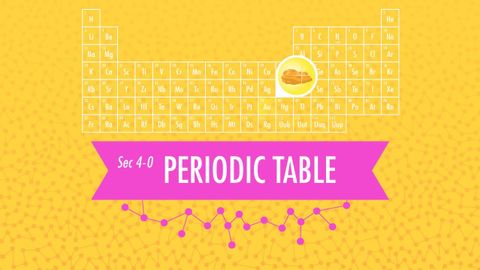
Subtitles & vocabulary
The Periodic Table: Crash Course Chemistry #4
00
Shehhan Tee posted on 2016/04/06Save
Video vocabulary
episode
US /ˈɛpɪˌsod/
・
UK /'epɪsəʊd/
- Noun
- One separate event in a series of events
- Show which is part of a larger story
B1TOEIC
More extremely
US /ɪk'strimlɪ/
・
UK /ɪkˈstri:mli/
- Adverb
- In a way that is much more than usual or expected
- Remarkably; unusually.
B1
More imagine
US /ɪˈmædʒɪn/
・
UK /ɪ'mædʒɪn/
- Verb (Transitive/Intransitive)
- To think creatively about; form mental picture of
- To suppose or assume something.
A1TOEIC
More Use Energy
Unlock All Vocabulary
Unlock pronunciation, explanations, and filters
